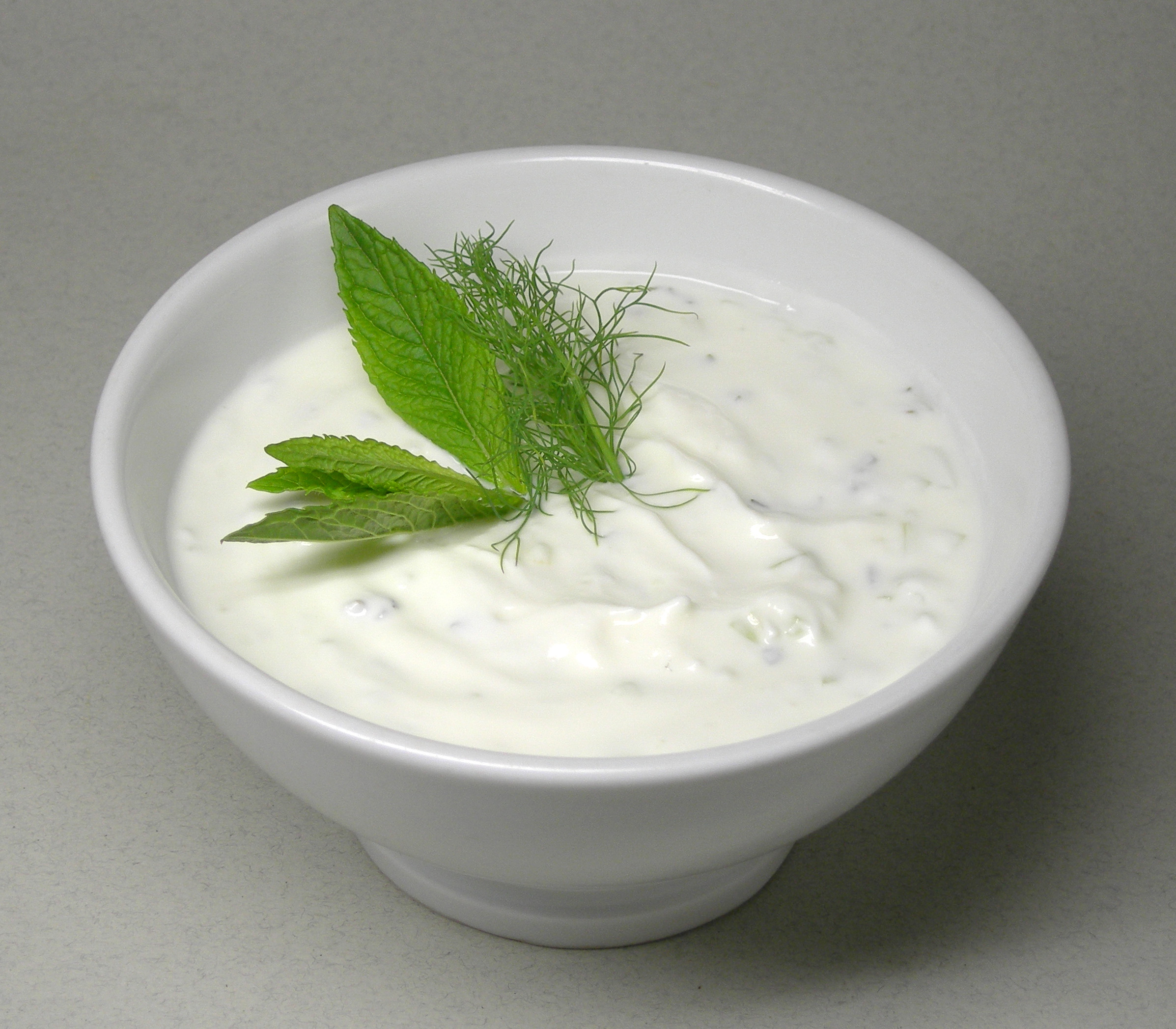The yogurt industry was one of the first to jump on consumer interest in probiotics, probably because the beneficial bacteria are found naturally in many products made with yogurt.
As studies of these good bacteria have escalated in recent years, they’ve been shown to help with digestion, and are proving to be significant in other aspects of our health. Though much research is still to be done, many people started seeking out probiotic products — everything from yogurt to toothpaste — in an effort to be healthy.
Research is promising, Los Angeles gastroenterologist Kirsten Tillisch told NPR. "Pretty dramatic effects can happen in animals when you change their gut flora," she said. "If you take an animal with inflamed gut, and give them a probiotic, they don't act anxious anymore. At the most basic level, we show that by changing the bacteria in the gut, we change the way the brain responds to environmental cues."
So even though more research needs to be done, it isn’t harmful to go ahead and add yogurt to your daily diet in an effort to increase probiotics.


When you’re looking for a probiotic yogurt product, here are three key things to understand:
1. Probiotics are made of different strains of bacteria, and it’s unclear which strains are the most beneficial or if adding some of them to your diet does anything at all, NPR reported.
2. To be effective, probiotics must contain live cultures of bacteria, so read the label carefully, looking for the phrase “live active cultures.” The bacteria need to be added to the yogurt after it is heat processed or pasteurized, so the live bacteria won’t be killed.
"The amount and kind of live cultures per bite vary, but words like raw, lacto-fermented, or unpasteurized on the packaging will indicate that the bacteria haven't been killed off in the manufacturing process," Women’s Health magazine reported, quoting health coach Jenny Sansouci.
3. Even if you see "live active" on the label, you probably won’t know which strains of bacteria are contained in the yogurt, Women’s Health said. The National Yogurt Association said Lactobacillus bulgaricus and/or Streptococcus thermophilus are typically used to convert the pasteurized milk to yogurt during fermentation. The organization created a special Live & Active Cultures seal to help consumers gather yogurt health information.
The seal, which is used voluntarily by manufacturers, means the yogurts "contain at least 100 million cultures per gram at the time of manufacture, and whose frozen yogurt contains at least 10 million cultures per gram at the time of manufacture," the organization said.

No comments:
Post a Comment